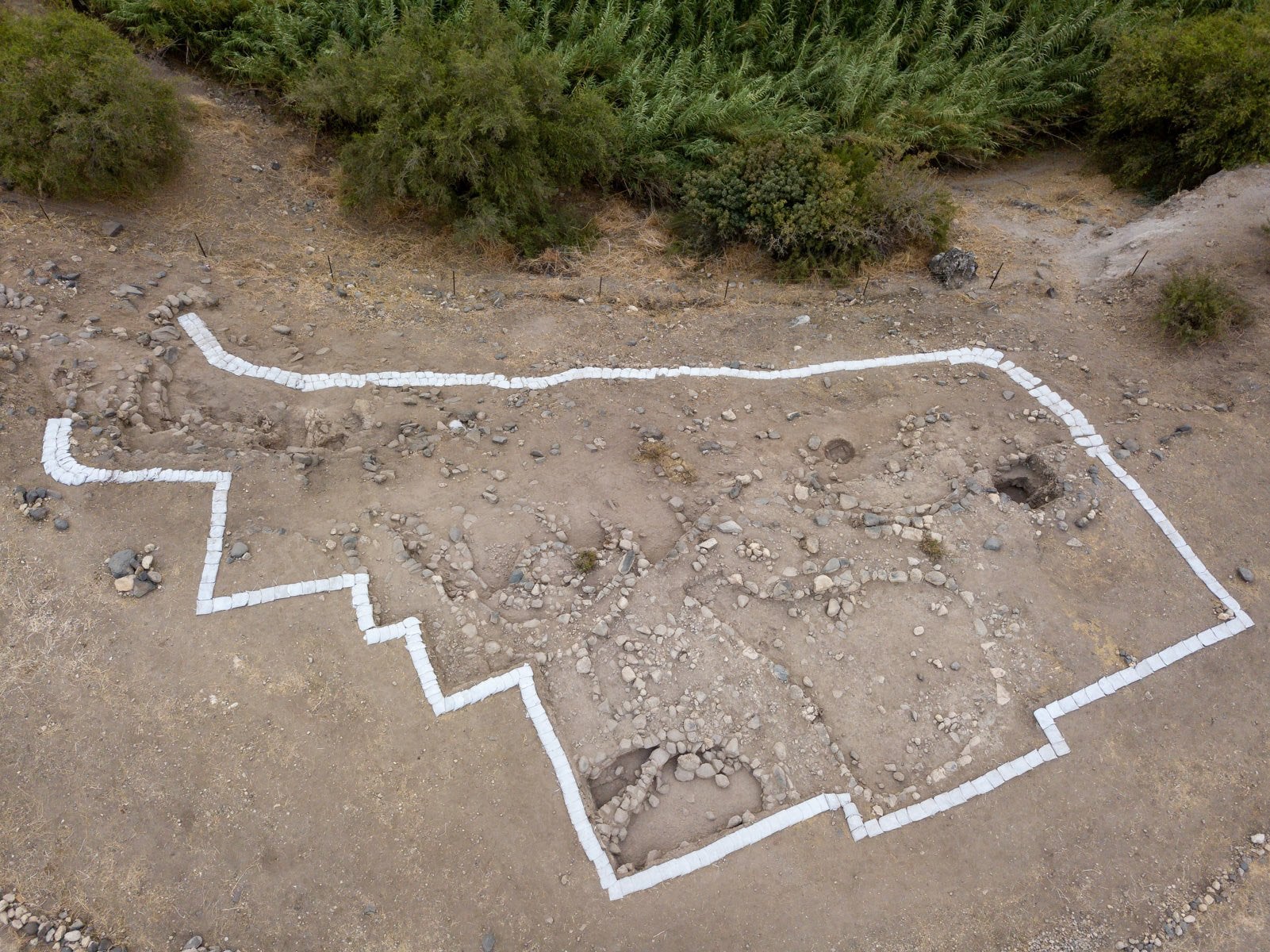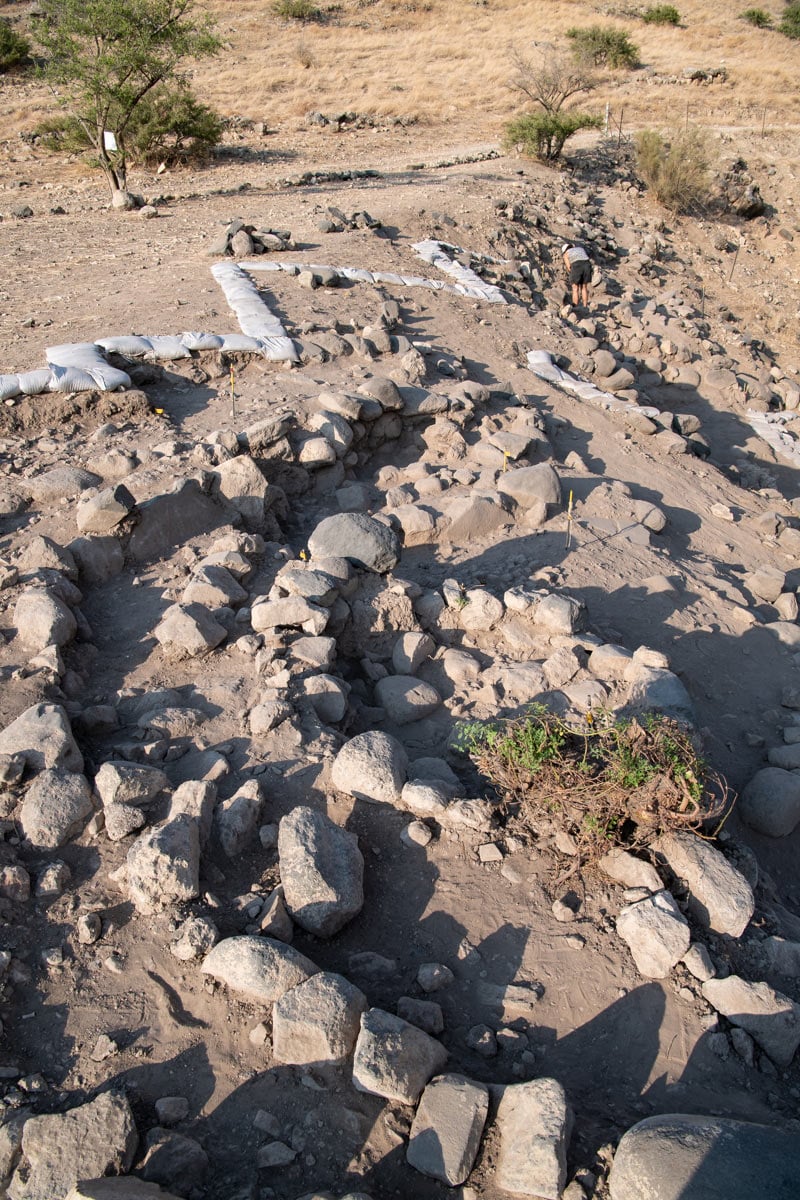Stone Age architecture in Near East was far more advanced than thought, archaeologists say
New study notes gradual emergence of codified building traditions around 10,000 years ago
Your support helps us to tell the story
From reproductive rights to climate change to Big Tech, The Independent is on the ground when the story is developing. Whether it's investigating the financials of Elon Musk's pro-Trump PAC or producing our latest documentary, 'The A Word', which shines a light on the American women fighting for reproductive rights, we know how important it is to parse out the facts from the messaging.
At such a critical moment in US history, we need reporters on the ground. Your donation allows us to keep sending journalists to speak to both sides of the story.
The Independent is trusted by Americans across the entire political spectrum. And unlike many other quality news outlets, we choose not to lock Americans out of our reporting and analysis with paywalls. We believe quality journalism should be available to everyone, paid for by those who can afford it.
Your support makes all the difference.Early architecture in the Near East included a variety of structures built using advanced techniques, according to a new study that challenges previous beliefs about the region’s history.
Previous research held that the region’s architecture made a simple progression from round to rectangular structures during the early Stone Age. This research relied on qualitative descriptions by scientists which tend to oversimplify complex trends.
A new computer analysis of ancient remains in the Near East, however, shows that advanced building techniques emerged earlier than previously thought in the region.

The analysis covers nearly 120 structures from 23 sites across the Mediterranean region and the Jordan Valley, dating from the Natufian culture of mainly hunters from Palestine and southern Syria to the early Neolithic period.
The study, published in the journal Archaeological Research in Asia, shows diverse architecture in the area 15,000–8,500 years ago.
It offers a new perspective on the transition from round to rectangular structures during the Neolithic period in the Near East. It suggests that building codes and standard practices had not yet emerged in the Near East in this period.
Such building codes and practices have long been tied to societal shifts such as changes in social organisation, demographics, and economic strategies.

Previously, archaeologists thought there was a gradual progression in the region from round to rectangular structures during the Stone Age, or the Neolithic period.
The latest analysis shows structures with right angles, previously associated with later architectural phases, from as early as the Natufian period. “There’s considerably more variability than can be subsumed in the traditional ‘round to rectangular’ scheme of architectural development,” the study says.
The study reflects significant advances in building technology at an earlier stage than previously thought, archaeologists say.
In the later Neolithic period, architecture in the area was largely more uniform, signaling the emergence of codified building traditions, according to the study.
In further studies using the new technique, they hope to better understand the inception of architecture in the Levant. They point out that the method highlights the importance of integrating modern analytical tools into archaeological studies.

Join our commenting forum
Join thought-provoking conversations, follow other Independent readers and see their replies
Comments